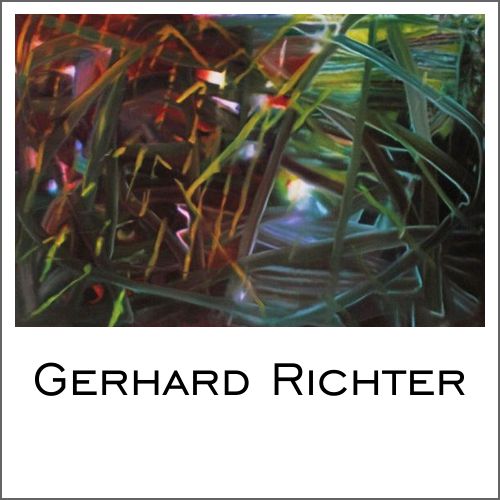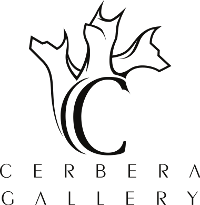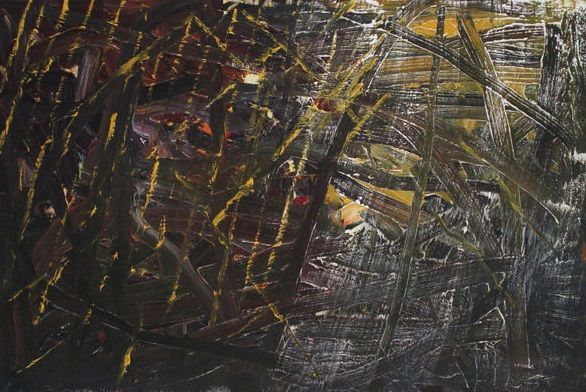
Gerhard Richter – German Visual Artist
Gerhard Richter (German: [ˈʀɪçtɐ]; born 9 February 1932) is a German visual artist. Richter has produced abstract as well as photo-realistic paintings, and also photographs and glass pieces. His art follows the examples of Picasso and Jean Arp in undermining the concept of the artist’s obligation to maintain a single cohesive style.
In October 2012, Richter’s “Abstraktes Bild” set an auction record price for a painting by a living artist at $34 million. This was exceeded in May 2013 when his 1968 piece Domplatz, Mailand (Cathedral square, Milan) was sold for $37.1 million in New York. This was further exceeded in February 2015 when his painting “Abstraktes Bild” sold for $44.52 million in London at Sotheby’s Contemporary Evening Sale.
Quotes:
“One has to believe in what one is doing, one has to commit oneself inwardly, in order to do painting. Once obsessed, one ultimately carries it to the point of believing that one might change human beings through painting. But if one lacks this passionate commitment, there is nothing left to do. Then it is best to leave it alone. For basically painting is idiocy.”
“Perhaps because I’m sorry for the photograph, because it has such a miserable existence even though it is such a perfect picture, I would like to make it valid, make it visible – just make it (even if what I make is worse than the photograph). And this making is something that I can’t grasp, or figure out and plan. That is why I keep on and on painting from photographs, because I can’t make it out, because the only thing to do with photographs is paint from them. Because it attracts me to be so much at the mercy of a thing, to be so far from mastering it.”
“No one painting is meant to be more beautiful than, or even different from any other. Nor is it meant to be like any other, but the same: the same, though each was painted individually and by itself, not all together and all of a piece, like Multiples. I intended them to look the same but not be the same, and I intended this to be visible.”[92]
“Painting has nothing to do with thinking, because in painting thinking is painting. Thinking is language – record-keeping – and has to take place before and after. Einstein did not think when he was calculating: he calculated – producing the next equation in reaction to the one that went before – just as in painting one form is a response to another, and so on.“







